Hoarding Disorder: Effective Approaches to Assessment, Diagnosis & Treatment – Jennifer Sampson
$200.00 Original price was: $200.00.$54.00Current price is: $54.00.
Shopping Instructions:
- DISCOUNT 30% - Paying with Crypto (BTC, ETH...)
- DISCOUNT 20% - Paying with All other payment method
- Product Delivery: After your purchase, we will send you a link to access and download the course (within 12 hours).
Hoarding Disorder: Effective Approaches to Assessment, Diagnosis & Treatment – Jennifer Sampson
Sale Page :
Original Price: $200
You just : $54
Description:
Effectively treat hoarding disorder with lasting results!
- Clutter vs. Collecting vs. Hoarding
- Conduct a safe home visit
- Integrate the Safety Day™ approach
- Customized treatment strategies
- New disorder in the DSM-5®!
Hoarding is no longer just a symptom of anxiety disorder. It is classified as a real, full-blown diagnosis in the DSM-5®. Hoarding is a complex disorder that isn’t resolved with a forced cleanout like you see on television. To get lasting results with a client who hoards, you need customized treatment strategies for each individual client.
Watch and listen to hoarding expert, Jennifer Sampson, PhD, LMFT, as she demonstrates how to get inside the mind of someone with hoarding disorder. Jennifer will give you strategies to properly assess, diagnose and treat hoarding. You will learn the potential health risks, co-morbid disorders, and emotional challenges, such as shame and embarrassment, often associated with hoarding. She will also show you the Safety Day™ approach, which helps to reduce harm, manage and coordinate cleanouts and gives you strategies to treat your client’s psychological symptoms throughout the cleanout. Plus, you will learn how to establish a collaborative network with other related professionals.
This invaluable resource is designed to give you the assessment and treatment strategies you need to help your client move forward and live a healthy, uncluttered life. Dr. Sampson will use case studies, client stories, and respectful humor that provide an outlet for this difficult topic.
- Develop a research-based definition of hoarding disorder and prevalence rates.
- Explain hoarding disorder from a biopsychosocial perspective.
- Recognize effective diagnosis and treatment strategies of hoarding disorder.
- List assessment tools to use in diagnosing and treatment planning for hoarding clients.
- Show how to conduct a home visit assessment.
- Describe alternative options to treatment other than a forced cleanout.
- Apply evidence-based treatment strategies to address issues of safety in hoarding disorder.
- Develop collaborative networks in your area to form a community response to hoarding disorder.
Foundations of Hoarding: Uncovering the Person Who Hoards
- Functional people who hoard
- Biopsychosocial model
- Unique traits of someone who hoards
- Hoarding vs. OCD
- Risk factors for hoarding
- Emotional/psychological impact
- Implications of diagnosis on public safety
- Communities & professionals
- Effects on physical health:
- Respiratory issues
- Falling and balance issues
- Dangers of mold and waste
Diagnosis and Assessment of Hoarding Disorder
- DSM-5® criteria- why hoarding was reclassified
- Co-morbid diagnoses
- Clutter vs. collecting vs. hoarding
- Effective measures for assessment
- Levels of hoarding
- Conduct a home visit
Interventions and Strategies
- Harm reduction approach
- Safety day: critical stress management approach to mandatory cleanouts
- Coordinated and systematic response to forced clean-outs
- Reduce and prevent negative consequences
- Recognize and respond to symptoms of psychological crisis
- Support resilience:
- Promote safety
- Calm & comfort
- Connectedness
- Self-empowerment
- Prevention strategies
- Self-care
Evidence-Based Treatment for Hoarding Clients
- Motivational Interviewing
- Cognitive Behavioral Therapy
- Dialectical Behavioral Therapy
- Narrative Therapy/Ambiguous Loss Theory
- Overcome avoidance
- Alter beliefs about possessions
Family & Community Interventions
- Family therapy
- Support groups
- Community collaboration/task forces
Please kindly cotact us if you need proof of item.
1 review for Hoarding Disorder: Effective Approaches to Assessment, Diagnosis & Treatment – Jennifer Sampson
Add a review Cancel reply
Related products
Health & Fitness
Health & Fitness
Health & Fitness
Mike Reinold & Eric Cressey – Functional Stability Training – Optimizing Movement – Available Now!!!
Health & Fitness
Health & Fitness
Health & Fitness
The Mystery Of Sex Transmutation Revealed – Available Now !!!
Health & Fitness
Health & Fitness

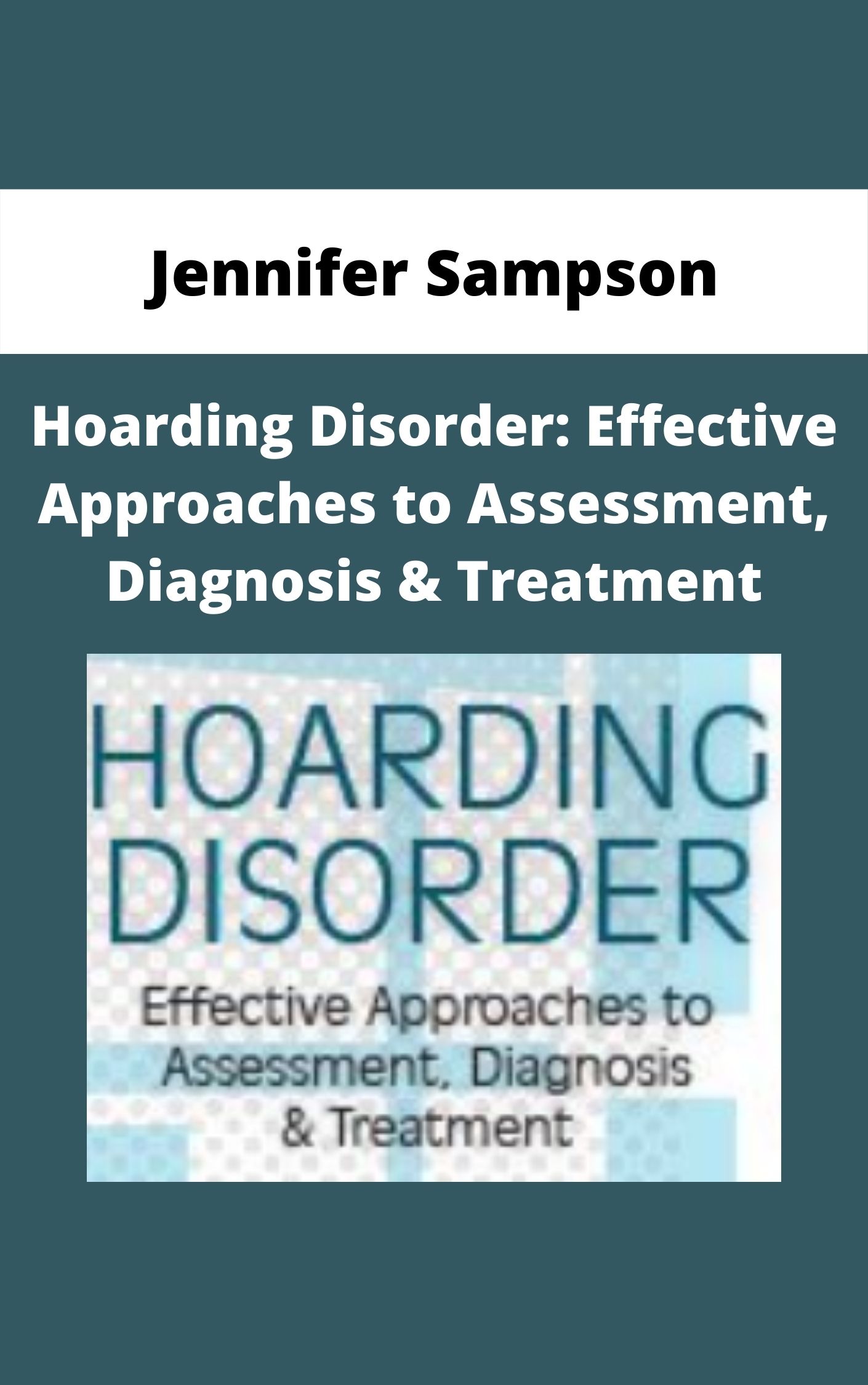
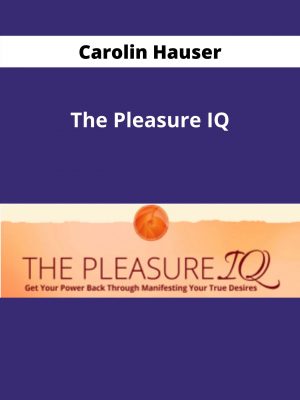
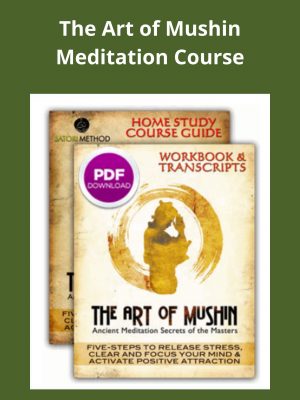
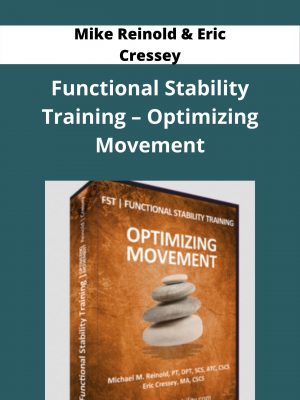
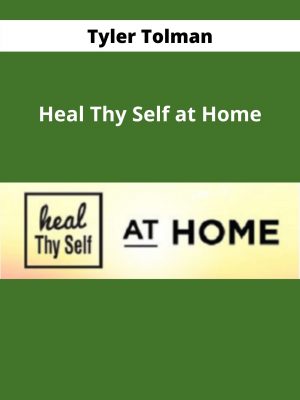
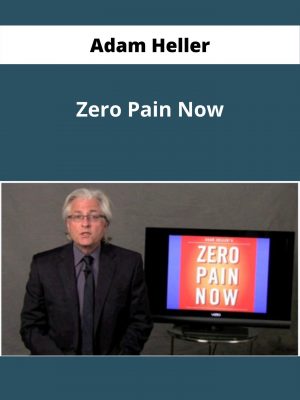
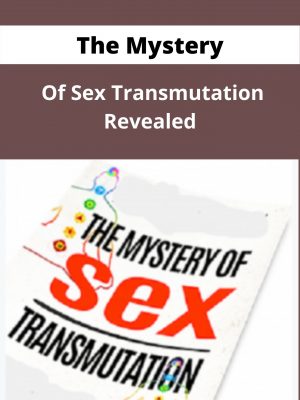
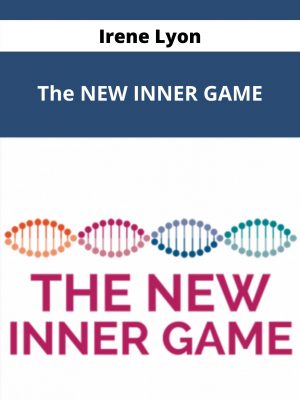
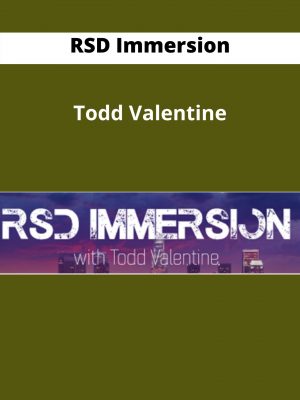
Graham Bowen –
We received it. Thank you! | Hoarding Disorder: Effective Approaches to Assessment, Diagnosis & Treatment – Jennifer Sampson